707 (aka 707 Headband)
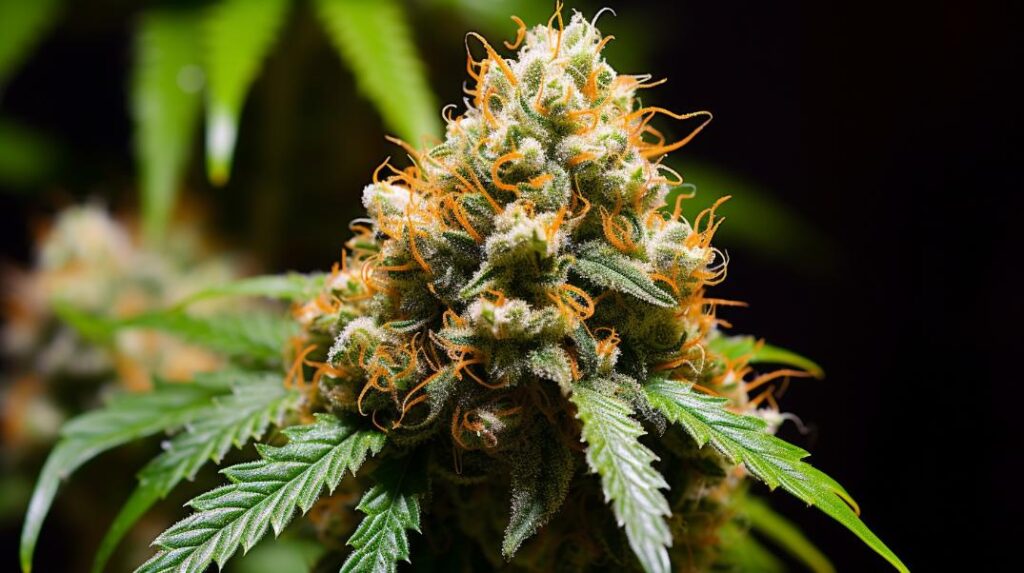
The 707 Weed Strain, recognized for its robust therapeutic potential, serves as a fascinating case study in the intersection of botany and medical science. This strain’s unique genetic makeup not only defines its distinctive aromatic profile but also its efficacy in addressing symptoms of chronic pain and anxiety. Understanding the nuances of its terpene profile and cannabinoid ratios could provide deeper insights into its calming yet mentally stimulating effects. As we consider its cultivation and application, one might ponder how the specific growing conditions and genetic lineage influence its therapeutic qualities. What further secrets does the 707 hold in its complex botanical structure?
Key Takeaways
- 707 Weed Strain is known for its calming body sensations and mental clarity.
- It offers therapeutic benefits for conditions like chronic pain and anxiety.
- The strain has a distinct terpene profile that contributes to its unique aroma and flavor.
- Cultivation details include specific growth characteristics and flowering times.
- It’s suitable for both recreational and medicinal users, emphasizing tailored effects.
Genetic Lineage
The genetic lineage of the 707 Weed Strain reveals a rich tapestry of parent strains, each contributing unique traits that influence its potency, flavor, and cultivation characteristics. By exploring the genetic ancestry of this strain, cultivators and consumers can anticipate the agronomic traits and aromatic profiles inherited from its ancestors. The practice of breeding different weed strains is common in cannabis cultivation, aiming to hybridize plants in a way that optimizes desired characteristics. These may include enhanced resilience to environmental stressors, superior terpene profiles for more distinct flavors, or modified growth cycles to suit various cultivation environments.
Understanding the genetic lineage also aids in predicting plant behavior, such as flowering times and yield sizes, which are essential for operational planning and economic forecasting in the cannabis industry. This knowledge equips growers with the necessary insights to manipulate growing conditions to align with the genetic predispositions of the 707 strain, potentially maximizing output and quality.
Moreover, the genetic background provides a framework for legal and commercial documentation, essential for breeders and sellers in navigating the regulatory landscapes of the cannabis market. Therefore, the study of genetic lineage not only enhances cultivation and consumption experiences but also supports compliance and innovation within the industry.
THC/CBD Content
Understanding the THC and CBD content of cannabis strains, such as the 707 Weed Strain, is essential for cultivators and consumers aiming to achieve specific therapeutic and experiential outcomes. In the domain of high THC strains, examples such as Gorilla Glue #4, which can reach up to 32% THC content, and Godfather OG, with levels up to 30%, showcase the trend toward ultra-potent varieties. These strains are renowned for delivering intense effects that can satisfy users seeking maximum potency.
Similarly, Blackberry Moonrocks exhibits a THC content ranging from 26-33%, positioning it as another high-potency choice for those aiming to experience robust psychoactive effects. On the other hand, Granddaddy Purple, while also known for its high THC levels, emphasizes the importance of selecting strains based on their specific cannabinoid profiles to meet desired potency levels and therapeutic needs.
For cultivators, understanding these THC ranges is vital for breeding and cultivation practices aimed at developing strains that meet market demands for both recreational and medicinal use. By focusing on the genetic lineage and cannabinoid content, cultivators can better manipulate plant characteristics to optimize yield, potency, and consumer appeal.
Terpene Profile
Terpene profiles play an important role in defining the sensory and therapeutic qualities of cannabis strains like the 707 Weed Strain. Terpenes are not merely about aroma and flavor; they also greatly influence the effects of cannabis through a phenomenon known as the entourage effect. This effect describes how terpenes and cannabinoids, such as THC and CBD, work synergistically to enhance and modulate the overall experience and benefits of cannabis.
For cultivators and industry professionals, understanding these profiles is essential for breeding and marketing strains that meet specific consumer needs. For instance, a strain rich in myrcene, known for its sedative properties, might be targeted towards users seeking relaxation or sleep aid.
Here is a brief overview of common terpenes found in cannabis like the 707 Weed Strain:
| Terpene | Aroma | Potential Benefits |
|---|---|---|
| Myrcene | Earthy, musky | Sedation, relaxation |
| Limonene | Citrus | Mood elevation, stress relief |
| Pinene | Pine | Alertness, memory retention |
| Linalool | Floral | Anxiety relief, sedation |
These profiles not only help predict the potential effects but also aid in the cultivation process by selecting parent strains with desirable traits to enhance or balance the terpene composition in new hybrids.
Effects
Building on the terpene profile, the 707 Weed Strain exhibits a range of effects from calming body sensations to stimulating mental clarity and creativity. This particular strain, highly regarded as one of the best strains for both recreational and medicinal purposes, leverages a high content of both THC and CBD. This unique combination facilitates a multifaceted experience that appeals to a diverse user base seeking various therapeutic and leisure outcomes.
The 707 strain’s effects are mainly characterized by an initial euphoric rush that shifts into a state of enhanced focus and increased creativity. Such properties make it an ideal choice for users aiming to harness a mental boost while engaging in artistic or cerebral activities. Additionally, the strain’s ability to induce a relaxing body high without heavy sedation allows for prolonged periods of productivity or social interaction.
From a cultivation perspective, the consistent expression of these effects can be attributed to the strain’s genetic stability and the growers’ adherence to optimized cultivation practices. This guarantees that each harvest yields a high content of active cannabinoids, which are essential for achieving the desired therapeutic and recreational outcomes. Consequently, understanding and maintaining the specific cultivation conditions of the 707 strain is vital for maximizing its efficacy and consumer appeal.
Medical Uses
The 707 Weed Strain, recognized for its high THC and CBD content, offers significant therapeutic benefits, particularly in the treatment of chronic pain, anxiety, and other medical conditions. This strain exemplifies the industry’s push towards developing variants that provide potent relief without the need for synthetic pharmaceuticals.
In the context of medical applications, strains like Charlotte’s Web and ACDC are pivotal, as they have been specifically cultivated for their high CBD and low THC levels. This breeding aim allows for the maximization of therapeutic effects, such as anti-inflammatory and neuroprotective properties, while minimizing psychoactive experiences, making them suitable for patients who require consistent symptom management without cognitive disruption.
OG Kush, another medically relevant strain, is often utilized for its efficacy in alleviating severe pain and anxiety. This strain’s genetic makeup has been optimized to produce a balance of cannabinoid profiles that enhance its sedative yet euphoric effects, which are critical in the treatment of conditions such as PTSD and chronic stress.
These developments in cannabis cultivation reflect a sophisticated understanding of botanical pharmacology, emphasizing the importance of tailored cannabinoid profiles to meet specific therapeutic needs. As research progresses, the potential to refine and enhance cannabis-based medical treatments continues to expand.
Flavor and Aroma
While the medicinal value of cannabis strains is widely acknowledged, the flavor and aroma profiles also play a significant role in user preference and therapeutic efficacy. The sensory experience can profoundly impact the overall effectiveness of cannabis, making the cultivation of strains with appealing and distinct flavor profiles a focus within the industry.
White Widow, for example, is celebrated for its sweet tangy flavor that not only appeals to recreational users but also enhances mood and alleviates stress, illustrating the synergy between flavor and therapeutic benefits. Similarly, Bruce Banner‘s sweet, tantalizing aroma is not merely a sensory delight; it’s engineered to provide relaxation and a euphoric high, which underscores the importance of aroma in the therapeutic context.
Further exploring the complexity of cannabis flavors, Banana Kush presents a unique blend of banana, citrus, and incense, a profile developed through selective breeding to target both olfactory and gustatory receptors for a multifaceted therapeutic effect. Godfather OG, with its robust aroma of earthy pine, sandalwood, and grapefruit, and Jack Herer‘s distinctive earthy notes with lemon, spice, and pine, exemplify how advanced cultivation techniques are utilized to enhance specific aromatic compounds, directly influencing user experience and satisfaction.
Appearance
Beyond the sensory appeal of flavor and aroma, the visual attributes of cannabis strains greatly influence both consumer choice and perceived quality. The aesthetic appeal of cannabis is not merely superficial but a direct reflection of its cultivation and genetic lineage. Trichomes, the tiny resin glands covering the buds, are pivotal in this visual assessment. These structures not only confer a sticky texture and a shimmering, crystalline appearance but are also key indicators of potency and quality.
Cannabis strains exhibit a diverse palette of colors, ranging from deep greens to vibrant purples and fiery oranges, each hue influenced by specific genetic and environmental factors. This coloration is not only a marker of variety but also an aspect of appeal that can sway consumer preferences. Additionally, the density and shape of the buds vary significantly across strains. Some present with tightly packed, small buds, while others feature larger, fluffier clusters.
Such variations in bud structure and trichome density contribute to the overall marketability of the strain. Cultivators and consumers alike scrutinize these characteristics closely, as they often correlate with the therapeutic and experiential quality expected from the strain. Therefore, the visual presentation of cannabis strains plays an essential role in the industry, guiding both novice consumers and connoisseurs in their selections.
Grow Information
Understanding the cultivation requirements and growth characteristics of various cannabis strains is essential for both novice and experienced growers aiming to optimize their harvests. Each strain possesses unique traits that influence not only the care it requires but also the potency levels and flowering times, critical factors that directly affect the crop yield and quality.
For example, strains like Banana Kush, which require a moderate level of attention due to their specific needs for light and nutrients, contrast sharply with the likes of Granddaddy Purple, known for its resilience and low maintenance requirements. This variability can have a substantial impact on a grower’s approach, especially when optimizing for desired chemical profiles and yield efficiencies.
The table below outlines some important grow information for popular strains, providing a technical overview to aid cannabis growers in selecting the right strain for their cultivation environment:
| Strain | Key Grow Information |
|---|---|
| Banana Kush | Needs moderate attention, 8-10 weeks flowering time |
| Granddaddy Purple | Low effort, 16-19% THC, resilient |
| Gorilla Glue #4 | High yield: 2 oz/sq ft, robust grower |
| Bruce Banner | 200% plant stretch, requires careful monitoring |
Each entry in this table encapsulates crucial cultivation data, empowering growers to make informed decisions to achieve both high potency and optimal yields.
Adverse Effects
After exploring the cultivation aspects of various cannabis strains, it’s equally important to contemplate their potential adverse effects on users. The reactions can range from mild inconveniences such as dry mouth and red eyes to more severe conditions like increased heart rate and impaired coordination. Industry insights suggest that the manifestation of these symptoms largely depends on the strain’s potency, individual tolerance, and dosage administered.
Particularly, some strains are noted for inducing anxiety, paranoia, dizziness, or memory issues. These effects are not uniform across all users but are greatly influenced by the biochemical composition of the strain and the physiological response of the individual. It is essential to emphasize that the information provided herein does not substitute for professional medical advice and should be used as a guide for responsible usage only.
To mitigate these risks, cultivators and users must prioritize understanding the specific attributes of each strain. Starting with lower doses is recommended, especially for novices, to gauge tolerance levels. Furthermore, all trademarks mentioned herein are the property of their respective owners, and all rights reserved. This approach ensures that users can make informed decisions while minimizing potential adverse reactions.
Comparisons with Similar Strains
When comparing the 707 Weed Strain to similar varieties, it is important to take into account their THC content and the resulting effects on users, ranging from mild euphoria to intense sedation. The 707 strain, while not detailed in its specific THC level, competes closely with high-potency strains such as Gorilla Glue #4, Godfather OG, and Blackberry Moonrocks. These strains are particularly noted for their strong psychoactive effects, which are crucial for both recreational appeal and therapeutic potential.
Key Comparisons:
-
Potency Levels: Gorilla Glue #4, with a THC content of up to 32%, and Blackberry Moonrocks, ranging from 26-33%, are comparable to 707 in terms of potency. This high THC level is indicative of their strong effects, from deep relaxation to significant euphoria.
-
Cultivation Techniques: Strains like Godfather OG and Granddaddy Purple, both known for their robust THC outputs, require specific cultivation methods to maximize their cannabinoid profiles, which include controlled lighting, nutrient feed, and precise humidity levels.
-
Consumption Methods: The method of consumption—whether smoked, vaped, or included in edibles—affects the onset and duration of effects. Strains with higher THC levels may be more suited to experienced users, adapting consumption methods accordingly to manage intensity.
Research and Studies
Research into the 707 Weed Strain has revealed that its THC and CBD levels are pivotal in determining its medicinal benefits, such as alleviating stress, pain, and insomnia. Advanced studies focusing on the genetic makeup of this particular strain emphasize the significance of precise breeding techniques and hybridization studies. These efforts aim to enhance the strain’s stability and guarantee the consistency of its therapeutic benefits.
Further exploration in the sector has investigated how these potency levels are influenced by specific cultivation practices. The interaction between environmental factors and genetic predispositions is critical, guiding the development of cultivation protocols that maximize the therapeutic potential of the 707 strain.
Industry insights suggest that consumer preferences are increasingly swayed by the potency and specific medicinal properties of strains like the 707. Market trends indicate a growing demand for high-quality, medically efficacious strains, prompting retailers and cultivators to focus on detailed profiling and marketing of these attributes. This alignment of market trends with consumer preferences underscores the importance of ongoing research and development in the cannabis industry, aiming to meet patient needs through scientifically backed data and innovative cultivation strategies.
History and Origin
Exploring the history and origin of the 707 Weed Strain, it is evident that this variety traces its lineage to innovative breeders who focused on enhancing its therapeutic attributes through selective genetic manipulation. The 707 strain exemplifies the profound impact of breeder influence and the application of advanced crossbreeding techniques, which are pivotal in its development. This strain’s evolution reflects a broader narrative of cannabis cultivation, where regional influences and historical anecdotes provide context to its unique genetic profile.
Key aspects of the 707 Weed Strain’s history include:
-
Breeder Influence: Pioneering cultivators selected parent plants for their robust therapeutic properties, employing crossbreeding techniques that emphasized potency and resilience. This meticulous genetic selection helped stabilize the strain and tailor its effects to meet specific therapeutic needs.
-
Regional Influences: Originating from a region known for rich cannabis culture, the 707 strain embodies the environmental and cultural factors that influence its cultivation. These regional elements are fundamental in shaping the strain’s distinct characteristics and potency.
-
Evolutionary Adaptations: Over time, the 707 strain has undergone significant adaptations, enhancing its ability to thrive in diverse climatic conditions and resist common plant pathogens. This adaptive evolution is an illustration of the dynamic nature of cannabis genetics and the ongoing influence of expert breeders in the industry.
Frequently Asked Questions
Is Indica or Sativa Better?
The superiority of Indica or Sativa depends on desired outcomes. Indica offers relaxation benefits, while Sativa enhances energy and focus. Hybrid strains combine advantages, catering to broader preferences and specific therapeutic needs.
What Weed Strain Makes You Feel the Highest?
To determine which variety induces the most intense effects, THC content analysis, strain genetics, and consumption methods must be considered. Gorilla Glue #4, with up to 32% THC, typically delivers the most potent experience.
How Many Weed Strains Are There?
There are over 450 strains, each with unique genetic lineages, influenced by specific cultivation methods and regional availability, reflecting the varied agricultural practices and technological advancements in the cannabis industry.

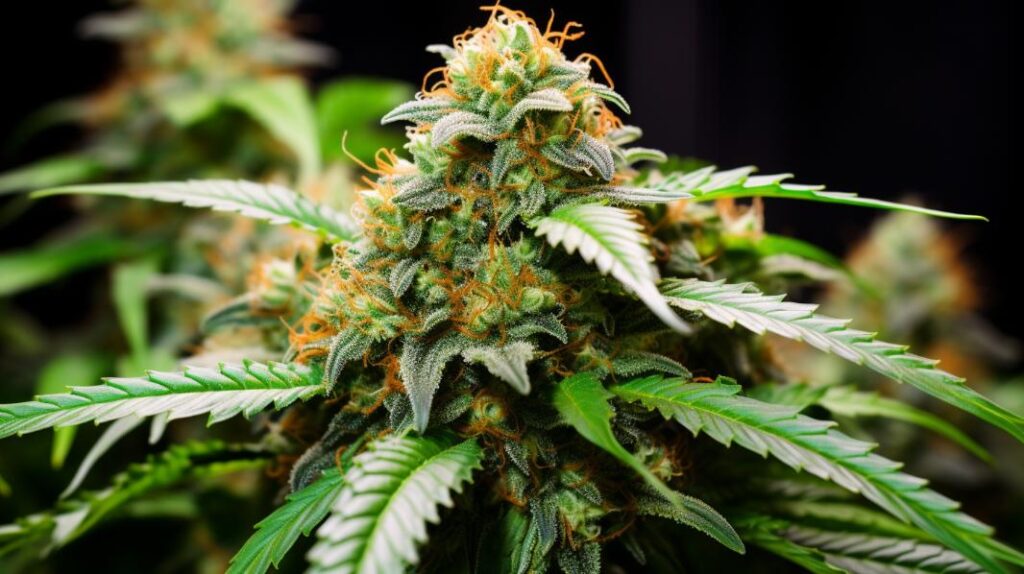
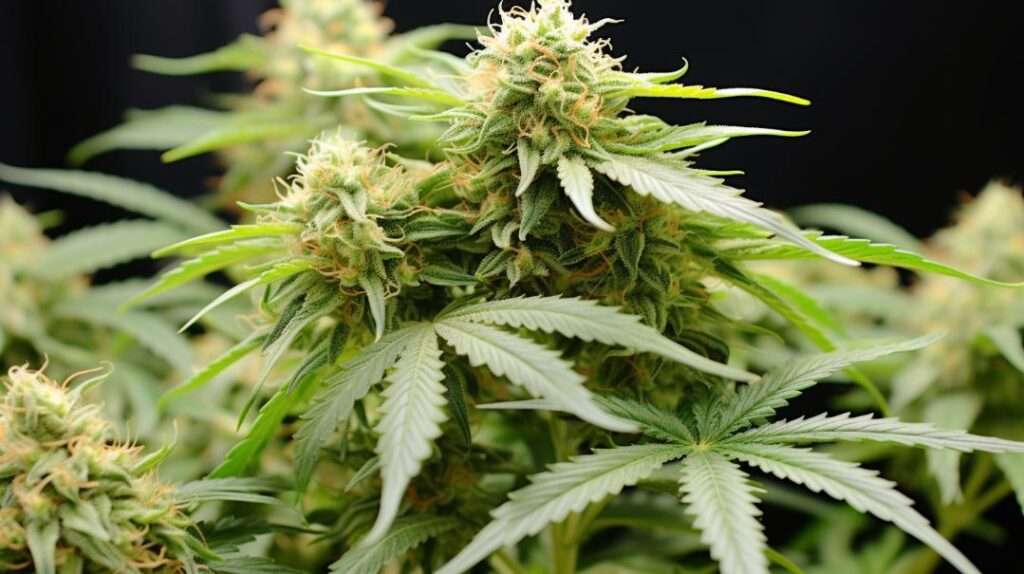
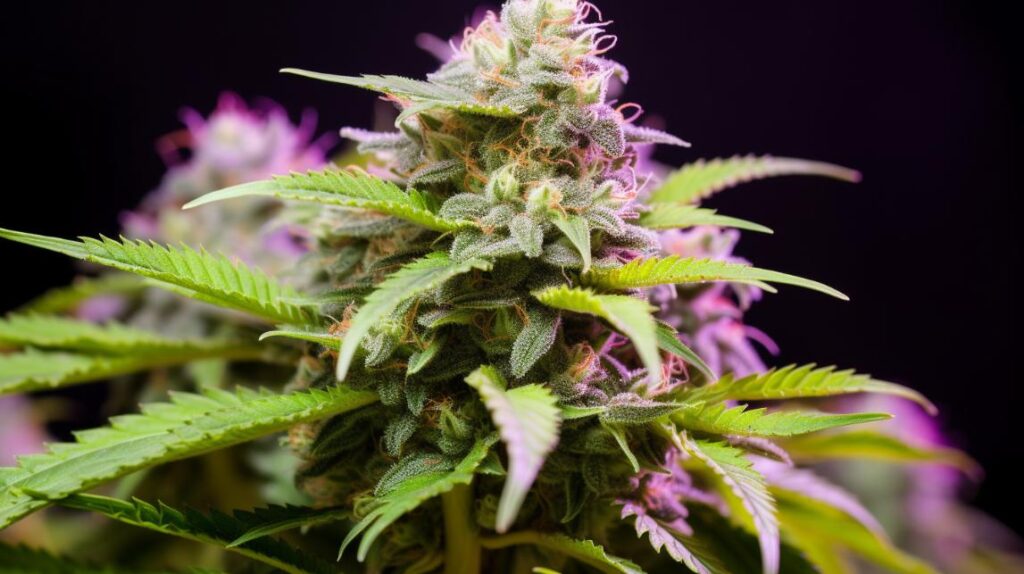
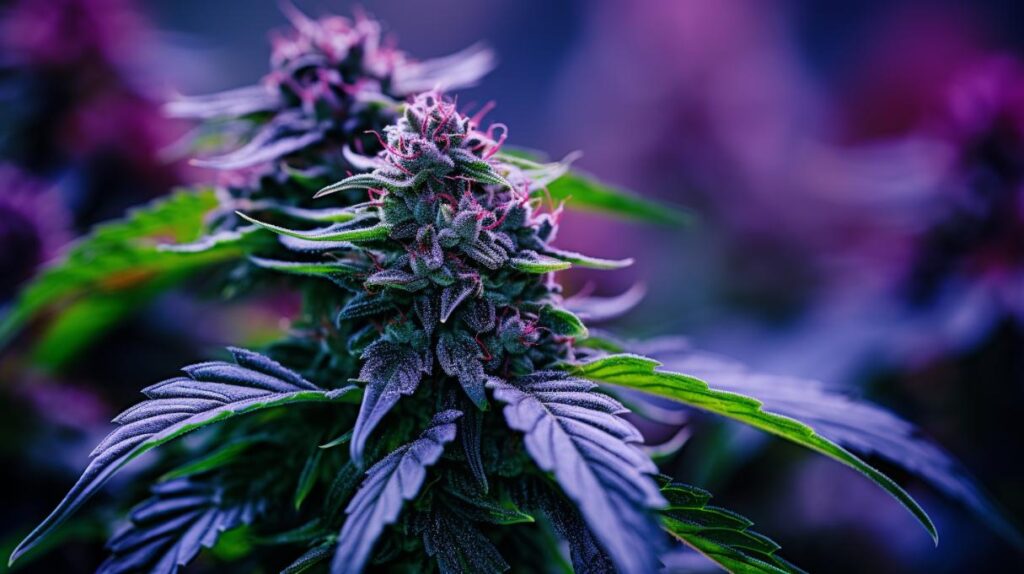
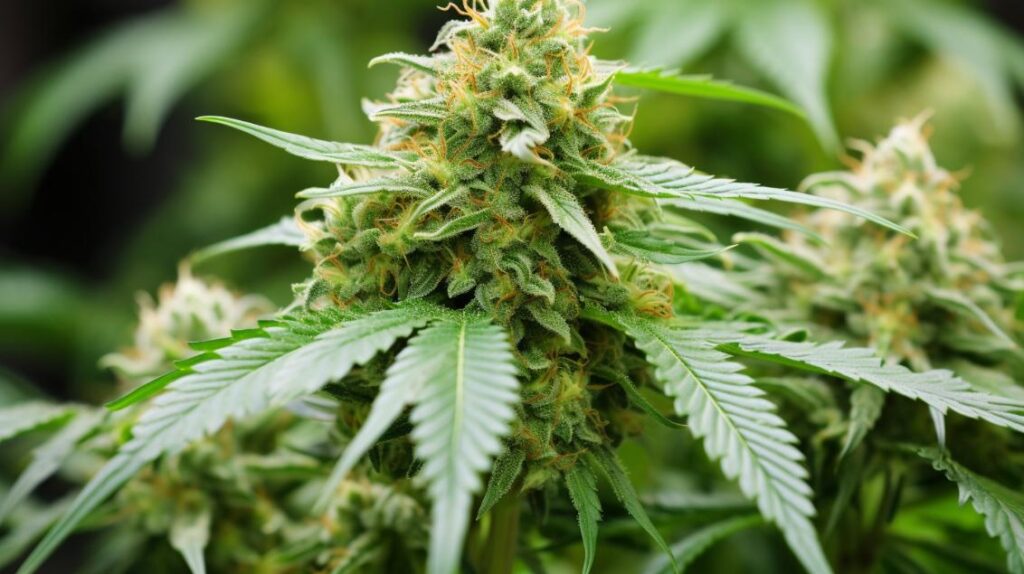

Responses